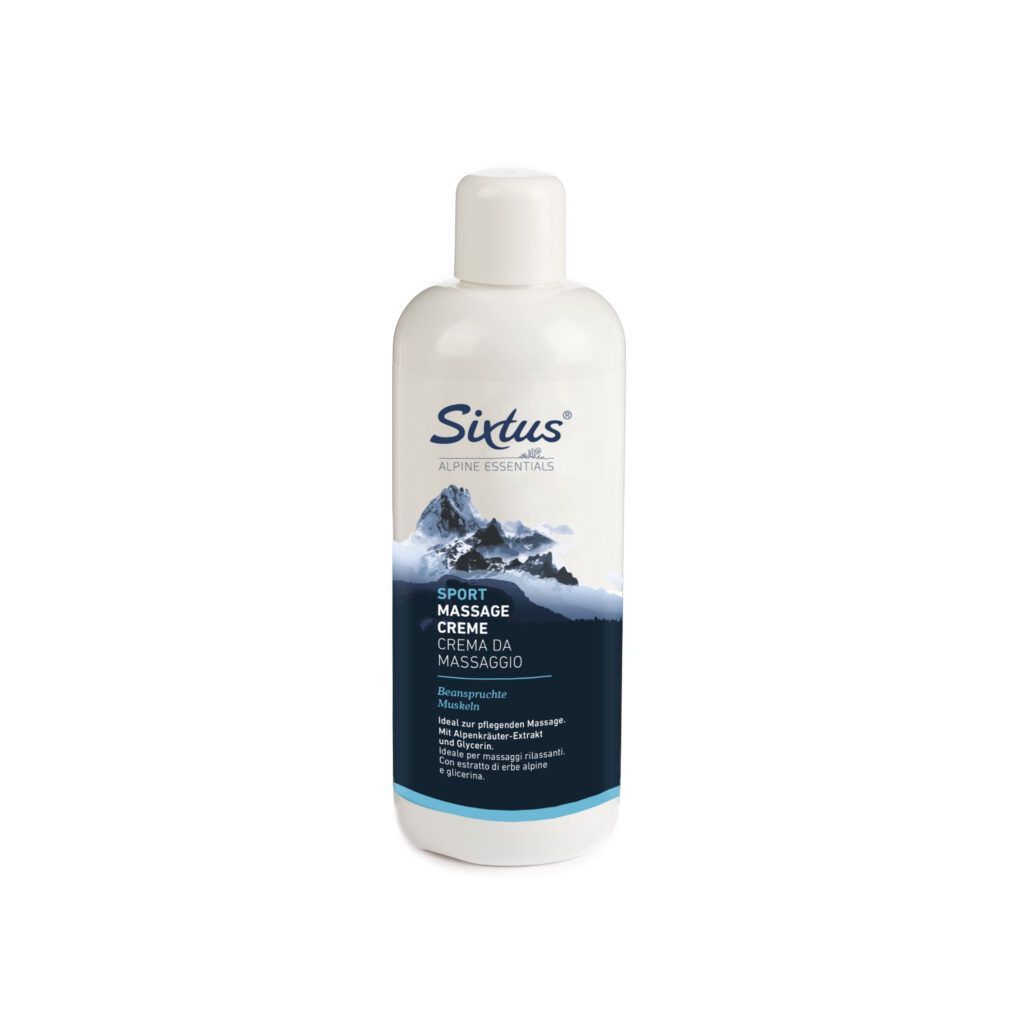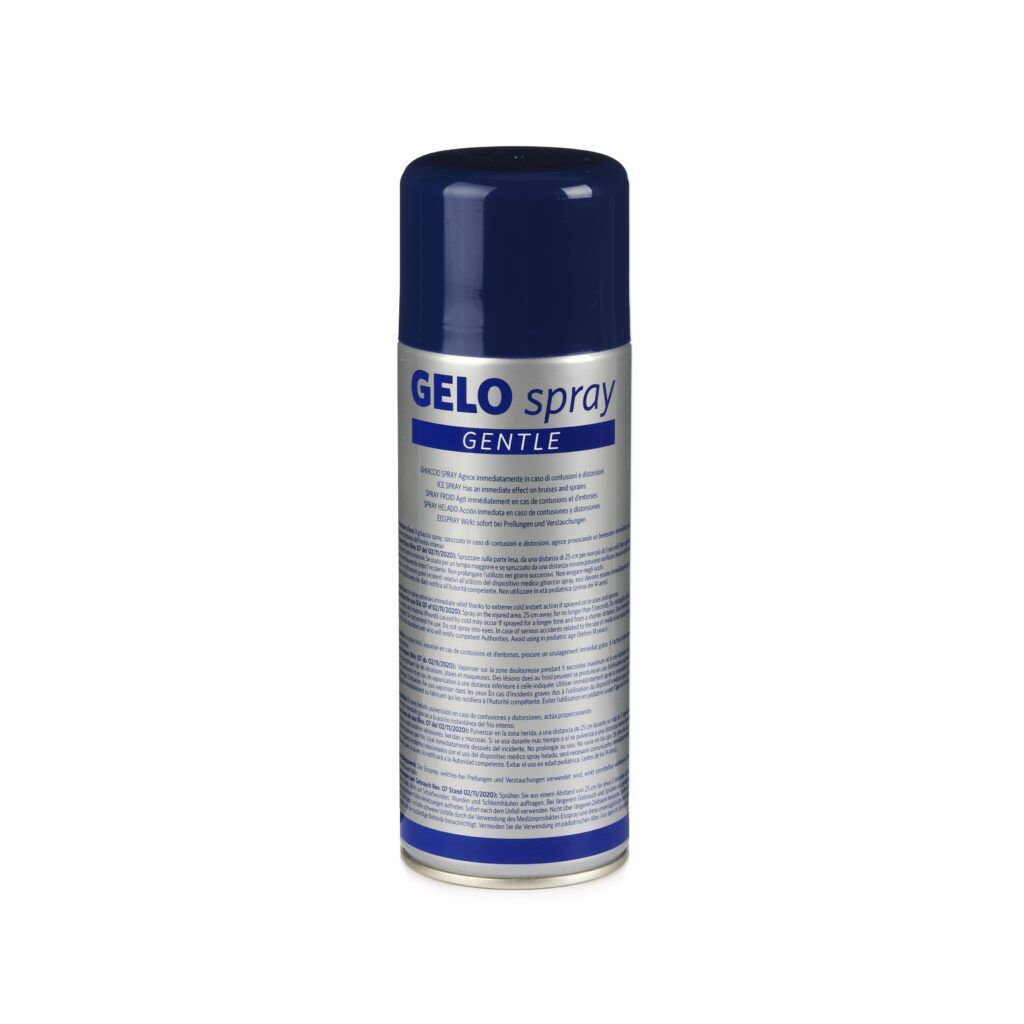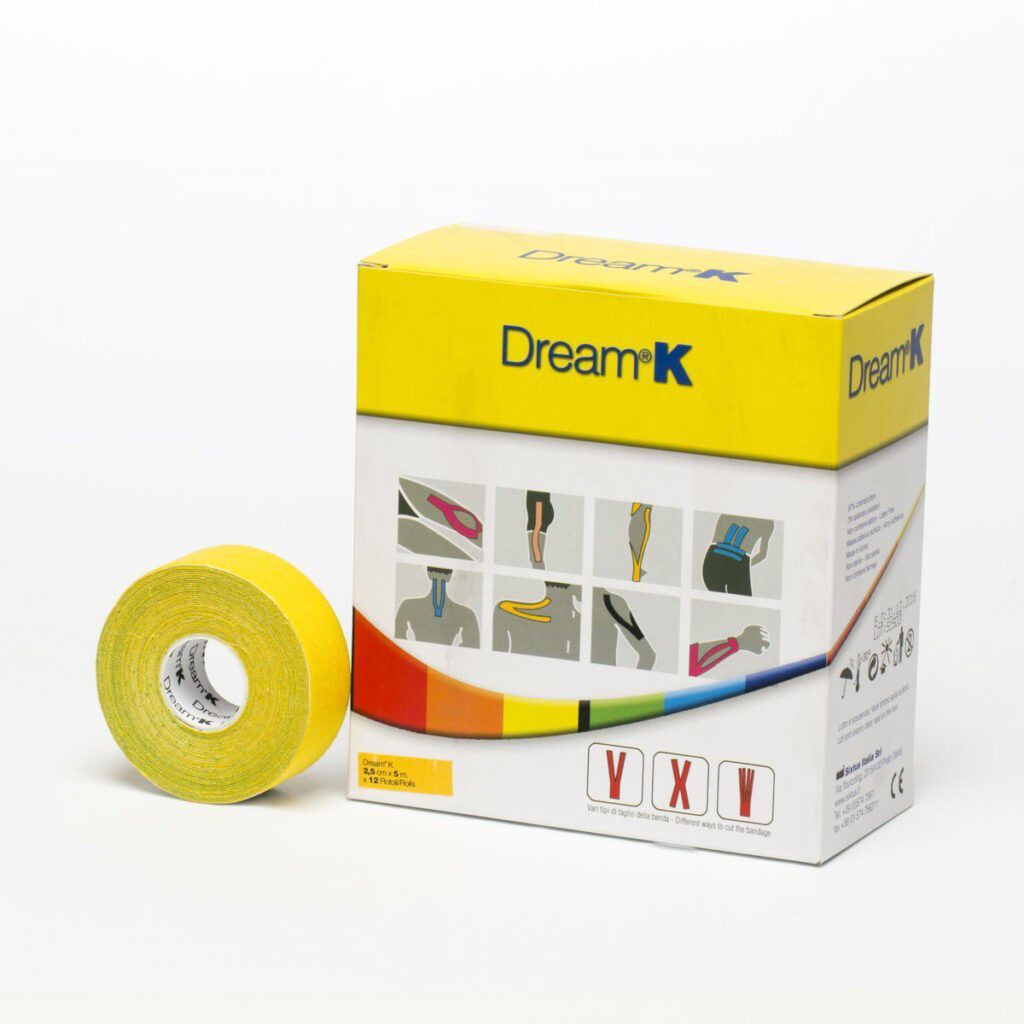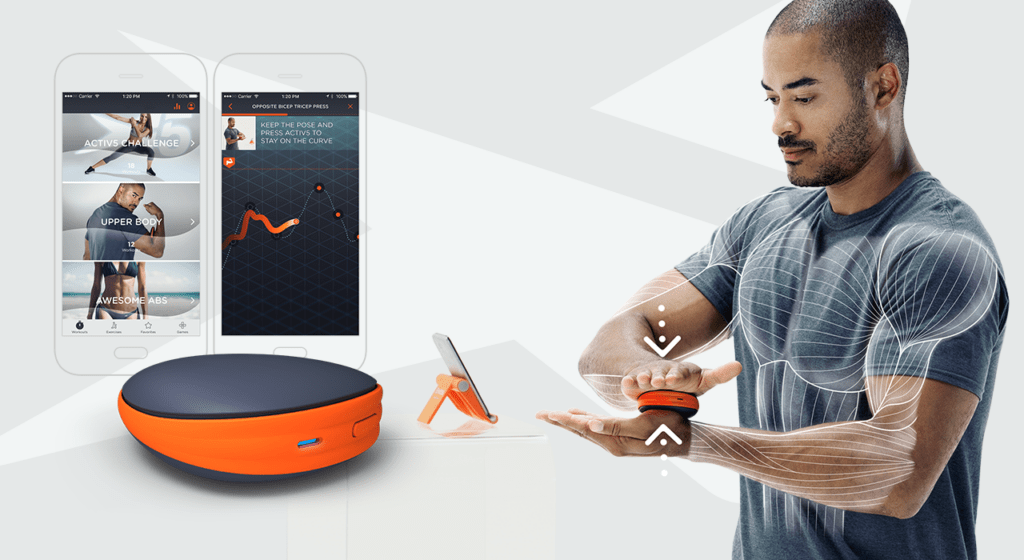News and Curiosity
How to improve microcirculation
What is microcirculation?
Microcirculation refers to the network of small blood vessels that connect the arterial and venous systems. It mainly consists of arterioles, venules, and capillaries, whose task is to deliver oxygen and nutrients to all cells while at the same time eliminating waste products. When we ask ourselves what microcirculation is, we can imagine it as a capillary network that works without ever stopping. Even though it’s invisible, microcirculation is essential for the life of every tissue, from the skin and muscles to internal organs.What is the purpose of microcirculation?
The primary role of microcirculation is to deliver oxygen and nutrients to cells via the blood. At the same time, it helps remove carbon dioxide and toxins. Although it serves the entire body, proper microcirculation in the legs is particularly important, as this area is more prone to venous stasis. Having active microcirculation means lighter legs, firmer skin, and improved muscle recovery — crucial for athletes and, more generally, for anyone who exercises.Microcirculation and systemic circulation: what’s the difference?
Microcirculation is often confused with general circulation, but the two are different, although closely connected:- Systemic circulation: the general circulation involves the heart, arteries, and main veins. These transport large amounts of blood throughout the body;
- Microcirculation: still concerns blood movement in the body, but through small vessels that carry nutrients.
Symptoms of poor microcirculation
A disruption in microcirculation, especially in the veins of the legs, can lead to discomfort and skin blemishes. Poor microcirculation typically presents with clear signs, including:- Heavy, tired legs;
- Swelling, especially around the ankles;
- Tingling and numbness in the lower limbs;
- Visible capillaries and, in more severe cases, varicose veins;
- Cold, dry skin.
How to improve microcirculation with simple habits
Symptoms of altered microcirculation should not be ignored, as they may worsen over time and affect quality of life. However, at the first signs of imbalance, adopting healthy lifestyle habits can help. Here are some tips:- Exercise regularly: daily walking, swimming, or cycling helps microcirculation and strengthens muscles;
- Drink plenty of water: hydration is essential to keep blood fluid and support capillary exchanges;
- Follow a balanced diet: fruit, vegetables, legumes, and foods rich in flavonoids are excellent for keeping blood vessels healthy;
- Limit alcohol and smoking: both damage capillary walls, worsening circulation.
Tips to naturally reactivate microcirculation
In addition to daily habits, you can take further steps to stimulate microcirculation:- Alternate hot and cold water jets on the legs: a simple and very effective way to stimulate capillaries;
- Avoid staying in the same position for too long: standing up, walking, and stretching are excellent solutions;
- Elevate your legs for a few minutes: especially after a long day, keeping your legs raised promotes venous return;
- Try lymphatic drainage massages or self-massages on the feet and legs: great for improving local blood flow, starting from the feet.






